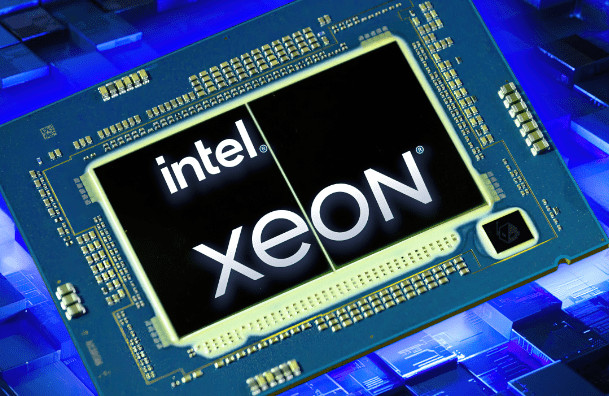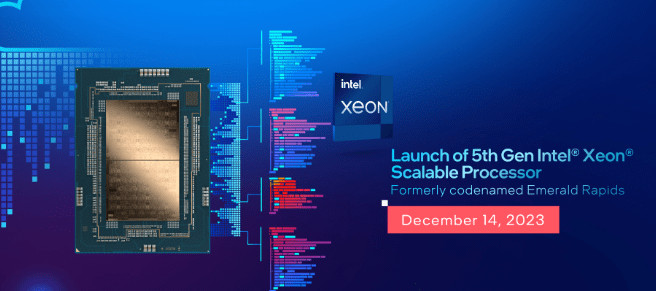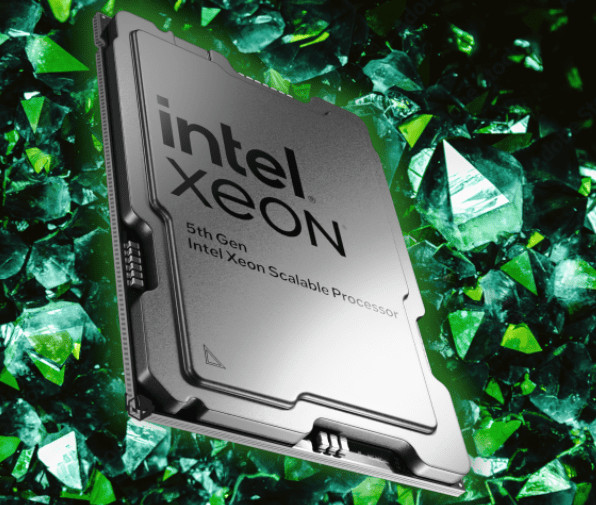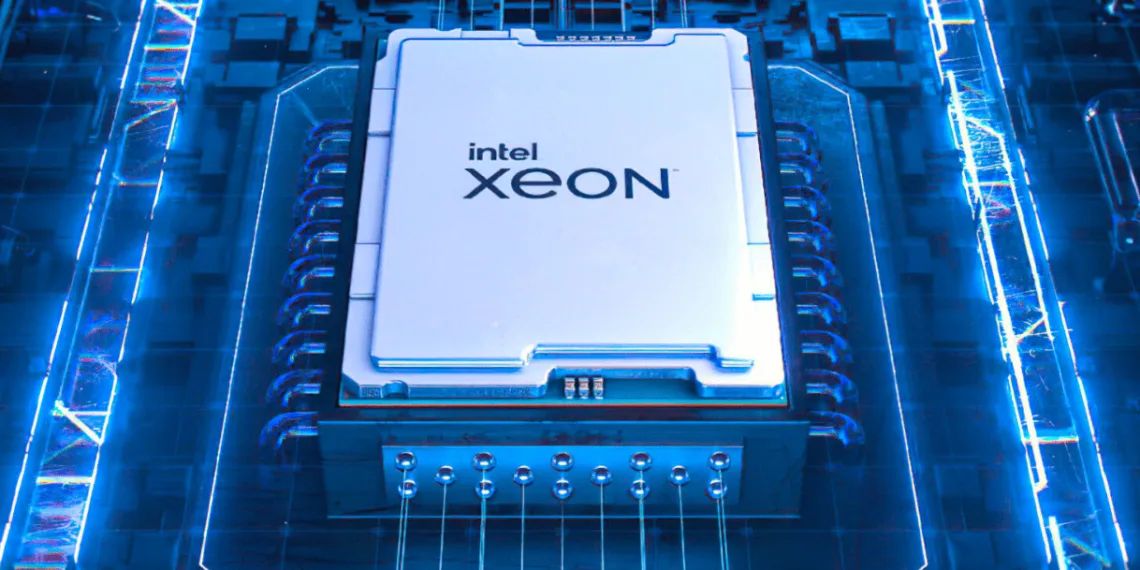Intel is set to launch its 5th Gen Emerald Rapids CPUs on December 14th. This new CPU lineup is anticipated to feature a slight increase in the number of cores/threads, a substantial boost in cache size, and enhanced AI capabilities, all while maintaining compatibility with existing LGA 4677 socketed platforms.

The All New Intel Xeon Platinum 8558U
The 5th Gen Emerald Rapids SKUs have been previously covered with their specifications, and a new entry in the Geekbench 6 database, the Xeon Platinum 8558U, displays a significant increase in cache capacity compared to its predecessors. The Xeon Platinum 8558U boasts 48 cores based on the Raptor Cove P-Core architecture, along with 96 threads and a 2.0 GHz base frequency. Notably, the CPU doesn’t exceed 2.0 GHz, so its performance may not be fully represented in this test. It was tested on the Supermicro X13SEDW-F motherboard, part of the Eagle Stream platform, supporting up to 350W TDP chips and up to 4 TB of memory.

In terms of cache, the Xeon Platinum 8558U “Emerald Rapids” offers a substantial 260 MB of L3 cache and 2 MB of L2 cache distributed in 48 MB pools for each die cluster, resulting in a total of 356 MB. This is a 77% increase compared to Sapphire Rapids chips, which offer up to 201 MB of cache (105 MB L3 + 96 MB L2) in the same 48-core configurations. The L3 cache alone sees a 2.48x increase.
Recently leaked Xeon Platinum 8592+ and Xeon Platinum 8580 “Emerald Rapids” CPUs also demonstrate similar cache size increases over their predecessors, with the top chip providing 448 MB of cache.

Intel’s 5th Gen Emerald Rapids CPUs for the Xeon Data Center segment, expected on December 14th, come with various improvements, including a significantly larger LLC cache, enhanced memory speed, higher CPU core count (up to 64 cores), CXL Type 3 high bandwidth interface, workload optimizations, optimized power mode, up to 17% increase in general-purpose performance per watt, offloading CPU cores with Intel Accelerator Engines for power efficiency, substantial performance improvements in inference and training, Intel AMX for built-in AI acceleration, and out-of-the-box deployment with optimized software stacks. More detailed specs and performance benchmarks will likely be revealed in the coming month as the launch date approaches.








